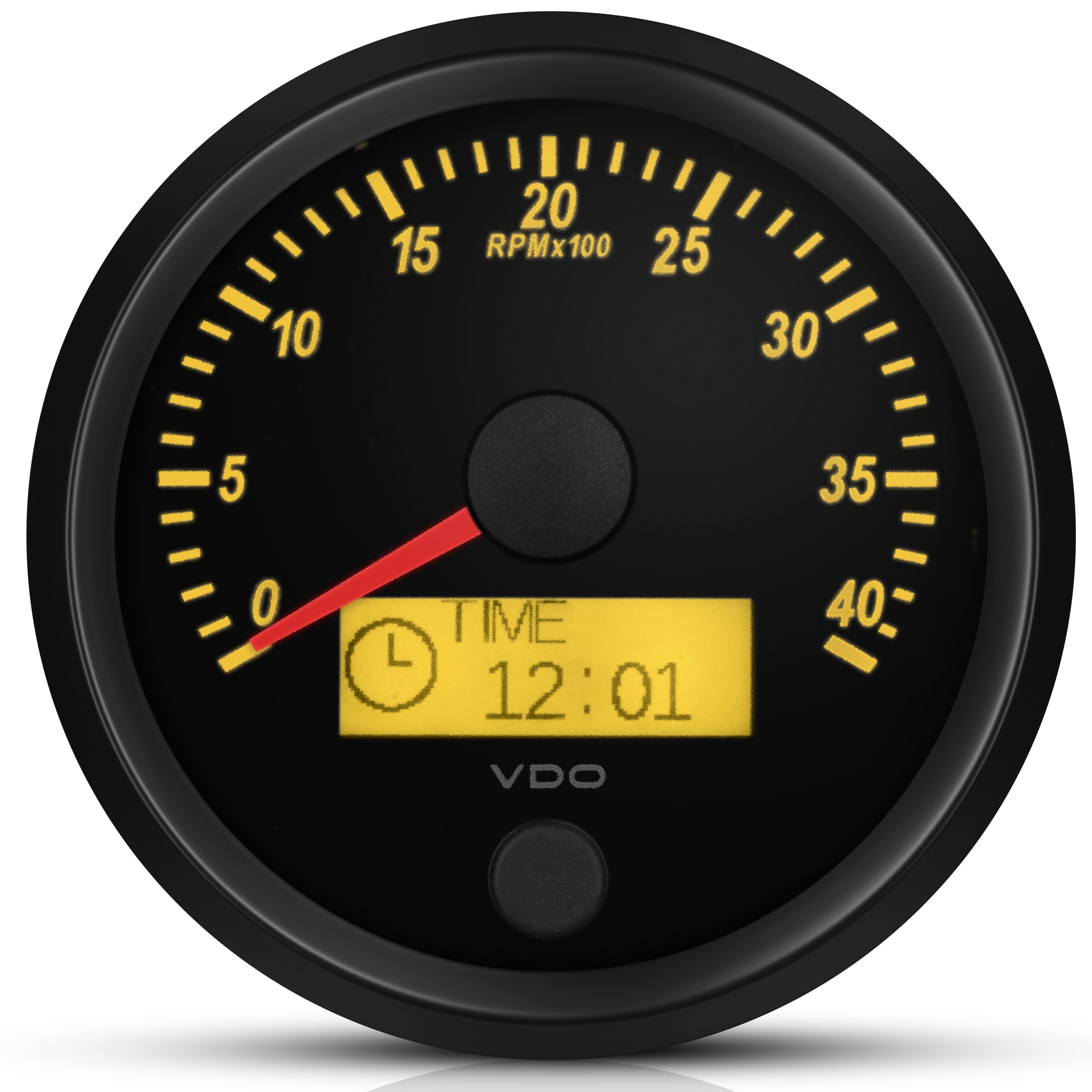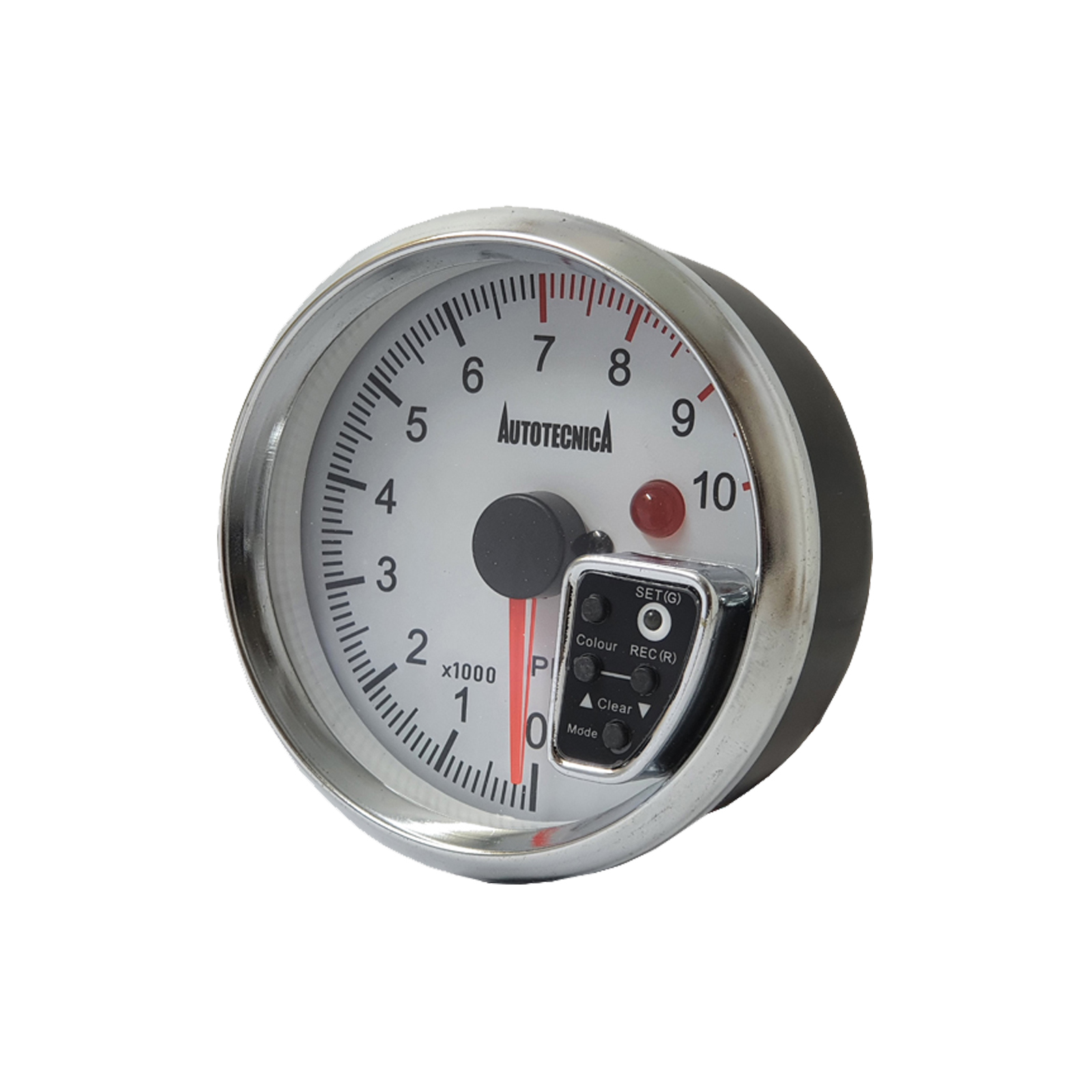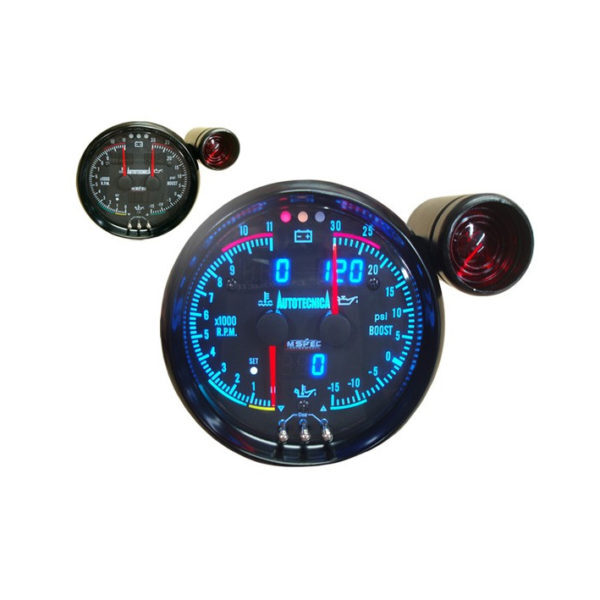Tachometer Basics: Whatever You Need to Know for Accurate Readings
Tachometer Basics: Whatever You Need to Know for Accurate Readings
Blog Article
The Relevance of a Tachometer in Keeping Track Of Engine Rate and Performance in Automotive Applications
In the realm of automotive engineering, the tachometer stands as a pivotal tool in the motorist's toolbox, supplying a straight home window right into the internal operations of a lorry's engine. Past its function as a simple gauge of changes per min (RPM), the tachometer works as a crucial tool for enthusiasts and professionals alike, supplying real-time insights into engine performance and health. Recognizing the relevance of this gadget exceeds surface-level monitorings, diving right into the intricate relationship between engine speed, power output, and total driving experience. As we explore the diverse function of the tachometer in vehicle applications, a much deeper appreciation for its influence on automobile characteristics and efficiency starts to arise.
Value of Monitoring Engine RPM
Checking engine RPM, or transformations per min, is a crucial aspect of vehicle upkeep and efficiency analysis. Engine RPM straight associates with the speed at which the engine's crankshaft turns, suggesting just how promptly the engine is running.
Furthermore, keeping track of engine RPM is vital for performance examination in auto racing and high-performance cars. Maintaining ideal RPM degrees is essential for accomplishing peak power result and acceleration. Racers usually make use of tachometers to ensure they are running within the ideal RPM range for optimum efficiency. In summary, monitoring engine RPM is not just vital for detecting issues yet additionally for optimizing engine efficiency in various vehicle applications.

Benefits of Real-Time Information
In vehicle applications, real-time information plays an important duty in giving instant understandings into the performance and condition of the car. By constantly keeping an eye on numerous specifications such as engine rate, temperature level, gas intake, and extra, real-time data provides various advantages that add to enhanced performance and security when driving.
One considerable advantage of real-time information is its ability to alert chauffeurs and service technicians to any abnormalities or issues promptly. This positive technique allows fast recognition of possible problems, enabling timely treatments to avoid more damage or failures. Additionally, real-time data assists in efficiency optimization by supplying prompt responses on driving practices and engine efficiency. Drivers can adjust their habits in real-time based on this details to achieve far better gas economic situation and prolong the lifespan of their automobile.

Additionally, real-time data plays an important role in modern automotive diagnostics, enabling specialists to promptly diagnose and resolve malfunctions. This causes reduced downtime, lower upkeep expenses, and eventually, enhanced overall vehicle dependability and long life (tachometer). By taking advantage of the power of real-time information, automotive stakeholders can make enlightened choices that favorably impact both the performance and longevity of the automobile
Influence On Gear Shifts
The tachometer plays an essential duty in optimizing gear shifts by offering real-time engine speed information to the vehicle driver. When approaching the redline on the tachometer, it signifies the motorist to upshift to stop over-revving the engine and triggering prospective damage.
Furthermore, the tachometer aids in achieving smoother gear shifts, particularly Extra resources in manual transmissions. By monitoring engine rate, drivers can implement equipment changes at the optimal RPM range, reducing jerking motions and reducing endure the transmission components. This accuracy on duty adjustments not only improves driving comfort however likewise adds to fuel effectiveness.
Enhancing Gas Efficiency
Provided the important function the tachometer plays in maximizing gear changes for efficiency and engine health, it straight adds to making the most of gas effectiveness in vehicle applications. By providing real-time responses on engine speed, the tachometer assists chauffeurs in preserving one of the most reliable RPM range for gas economy. When chauffeurs continually keep an eye on the tachometer and readjust their motoring routines accordingly, they can prevent unnecessary fuel usage triggered by over-revving or lugging the engine.
Additionally, the tachometer helps vehicle drivers determine the most fuel-efficient equipment to be in at any type of provided moment, protecting against the engine from functioning tougher than needed. This is specifically crucial throughout velocity and travelling, where remaining in the appropriate equipment can significantly affect gas effectiveness. Additionally, the tachometer can notify motorists to potential mechanical issues web link that might be adversely influencing fuel economic situation, such as a slipping clutch or a stopped up air filter. Finally, the tachometer serves as a valuable tool in improving fuel performance by advertising ideal driving behaviors and identifying areas for improvement in the car's performance.

Making Best Use Of Engine Longevity
The tachometer's duty in keeping an eye on engine rate and performance is crucial in guaranteeing the long life of vehicle engines. Keeping track of the tachometer permits drivers to stay within the suggested RPM array for their car, preventing unnecessary pressure on the engine and expanding its life expectancy.

Conclusion
To conclude, the tachometer plays an essential role in keeping an eye on engine speed and efficiency in automobile applications. By providing real-time information on RPM, it permits effective equipment shifts, improved fuel effectiveness, and taken full advantage of engine longevity. This device is crucial for maintaining optimal engine efficiency and making certain the general functionality of an automobile.
Report this page